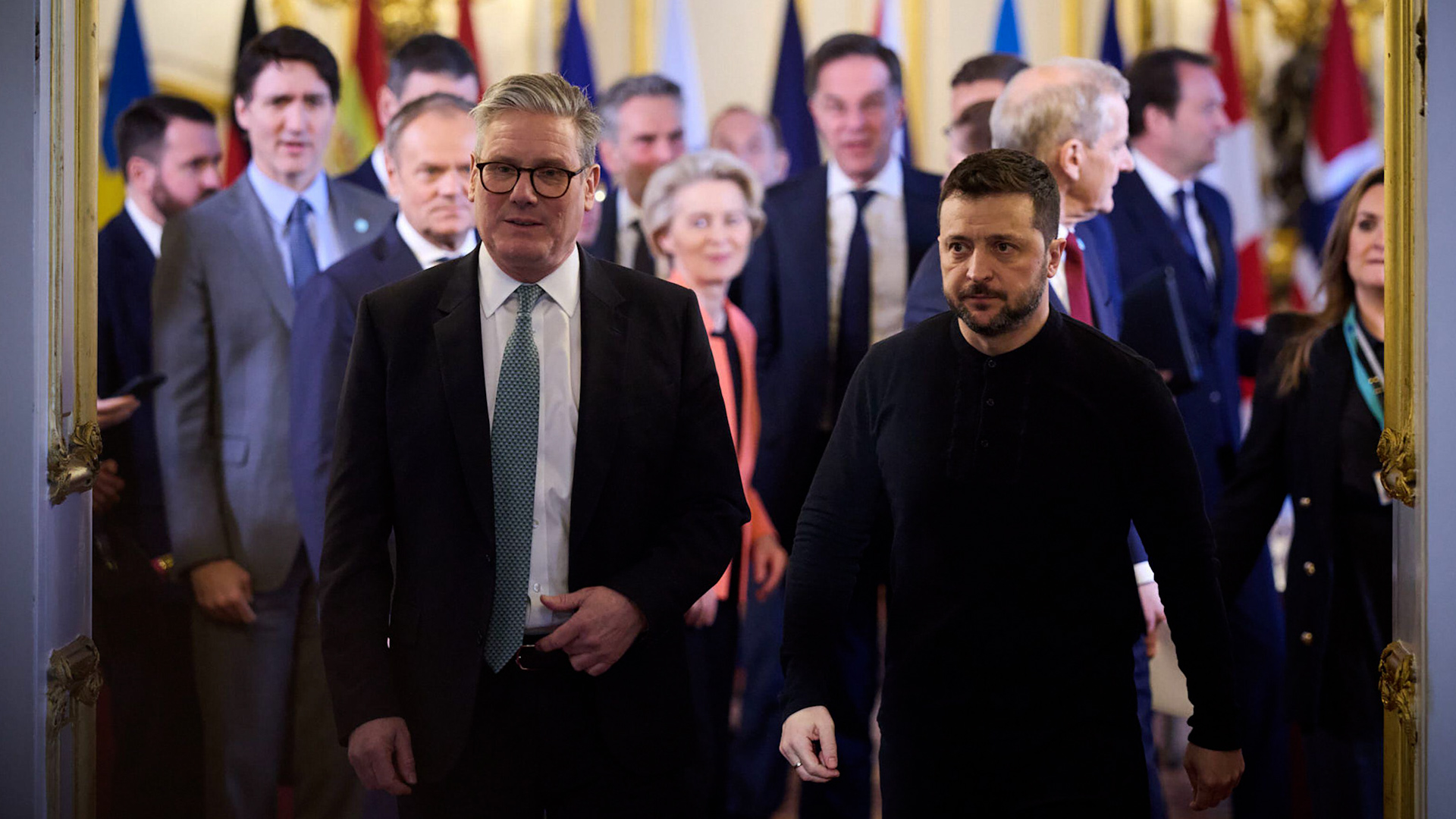
Explained: The Prime Minister's Coalition of the Willing and who may be in it

At a summit in London aimed at securing future support for Ukraine, the Prime Minister announced a "Coalition of the Willing".
The group of 19 nations are looking to establish an alternative peace deal between Ukraine and Russia.
But what nations are in this coalition and what do they want?
Well, ironically, it is not the first time the term has been used, with the term coined for the US-led invasion of Iraq.
The coalition for Ukraine, however, will be led by the UK and France, with Sir Keir Starmer and Emannuel Macron working on a blueprint before presenting it to US President Donald Trump.
It is not exactly clear who will be involved in the coalition or what it will look like, although it is clear that it will be led by European nations alongside "other partners", according to Sir Keir.
The Telegraph reported that alongside the UK and France, Canada, Sweden, the Netherlands and the Baltic states had expressed an open mind about sending peacekeepers into Ukraine.
Germany, however, is holding out, while Poland says its troops should be left in place to defend Nato's eastern flank.
Italy, Spain and Portugal are also reportedly presenting themselves as opposed to the plan.
Both the British and French leaders have already made it clear they are willing to put troops on the ground in Ukraine, but Mr Macron said ground troops would only be deployed in the secondary phase of any peace operation.
It seems the European nations are looking to increase their offer to any post-war security of Ukraine to convince Mr Trump to provide the inclusion of a US backstop to deter future Russian aggression.
What does this look like?
European Union chief Ursula von der Leyen said the aim was for Ukraine to become a "steel porcupine that is indigestible for potential invaders".
The Telegraph reported that, following the agreement of a ceasefire, Ukrainian troops would then police a buffer zone, with a reassurance force of under 30,000 troops behind them.
This would be made up of European nations and Canada and they would be in charge of defending the Ukrainian infrastructure, as well as training Ukrainian armed forces.
Behind the Ukrainians would sit a "reassurance force" made up of fewer than 30,000 troops committed by European countries and Canada.
Any troops sent from Nato would also have to be backfilled, such as the ones in the Baltic – an area considered susceptible to a future Russian invasion.
There may also be fighter jets deployed by the coalition to take out any Russian missiles, as well as warships deployed to the Black Sea to prevent any attempted blockades by the Russians on Ukrainian exports.
Unfortunately for the Europeans though, it all hinges on US commitment, with Washington needed for logistics, intelligence and Patriot missile systems – and the backstop.
European nations want President Trump to provide assurances that the US will respond if coalition troops are targeted or attacked by the Kremlin.
But Mr Trump has stopped short of this, claiming he believes Russian President Vladimir Putin will "keep his word" if he strikes a peace deal in Ukraine.
And relations with the US are not as strong as they could be.
At the weekend, a meeting between Mr Zelensky and Mr Trump descended into an argument, and US officials also criticised European nations at a summit in Munich.
Building bridges, mending fences
But the meeting called by Sir Keir is seen as an attempt to restore diplomatic relations, provide a united backing for Mr Zelensky and secure more military support.
Whether the US is ready to try to wind back any tension created with Mr Zelensky is unclear, with some saying the White House could restore relations and others saying the Ukrainian leader will have to resign for any negotiations to proceed.
Mr Zelensky himself said "we need peace, not endless war", and that was why security guarantees are the key to this.
"In the near future, all of us in Europe will shape our common positions – the lines we must achieve and the lines we cannot compromise on," he said.
"These positions will be presented to our partners in the United States.
"Robust and lasting peace, and the right agreement on the end of the war are truly our shared priority.
"And, of course, I want to thank you, all of you – everyone in our beloved Ukraine who feels how much unity matters and how history changes when millions defend the dignity of their country."









